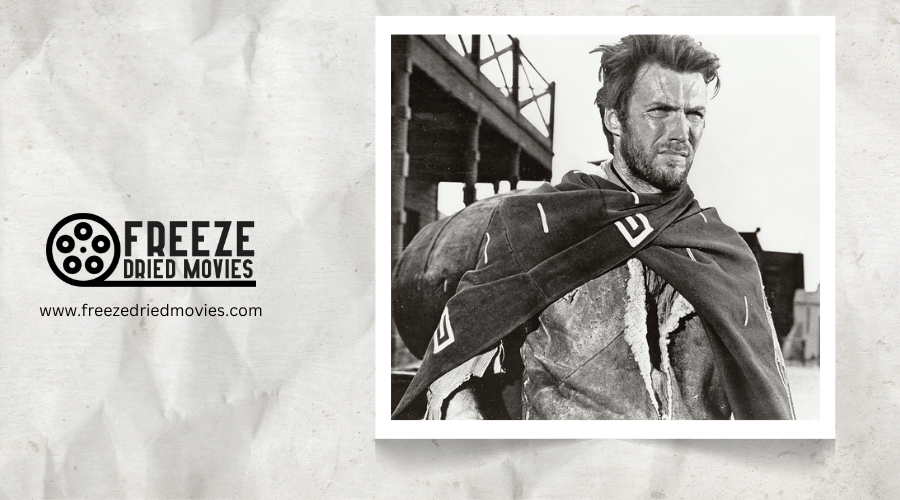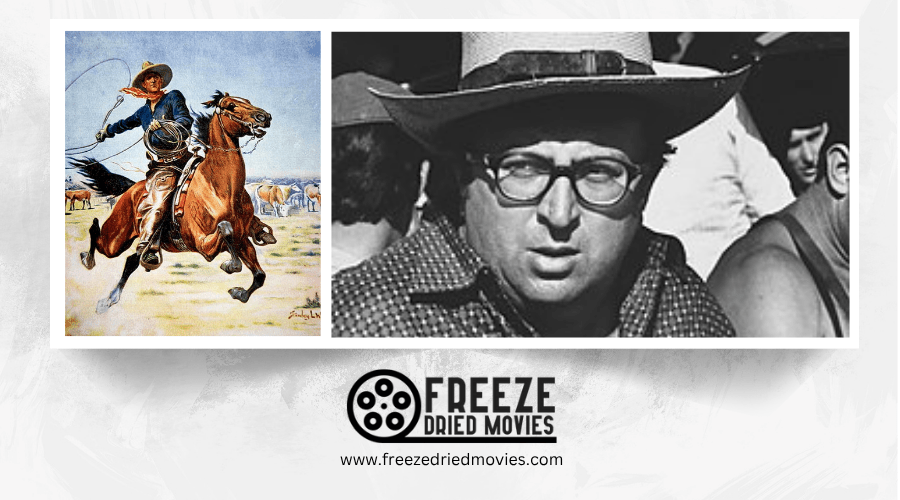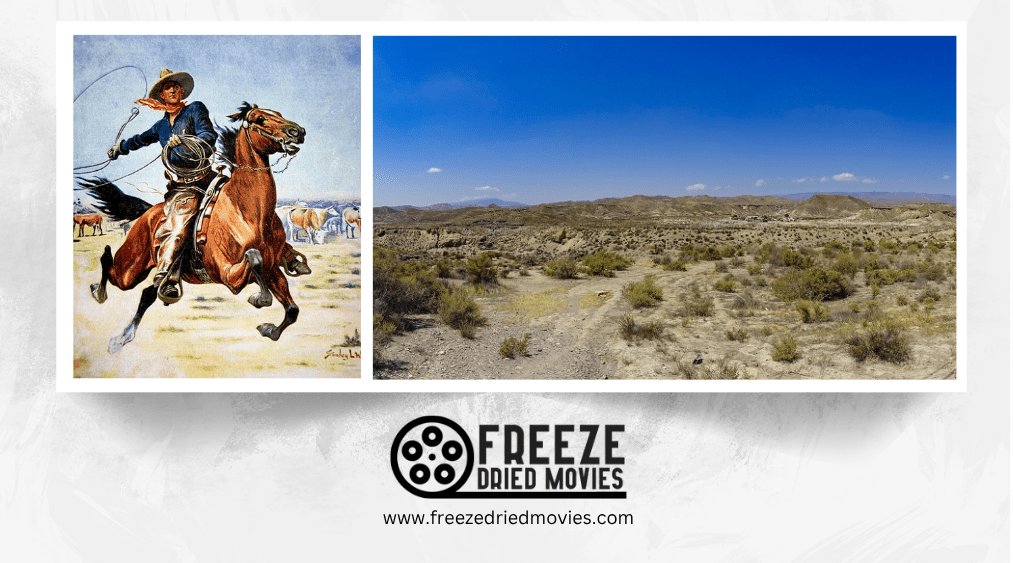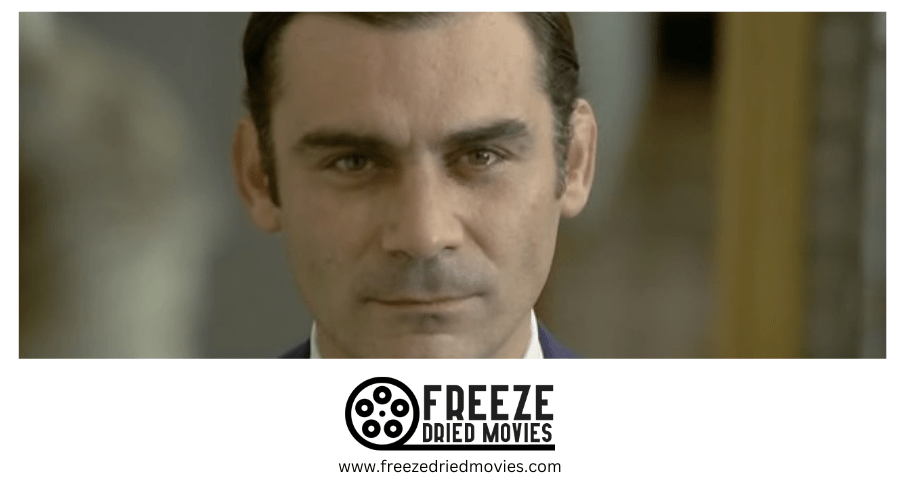How Low-Budget Westerns Pioneered Practical Effects
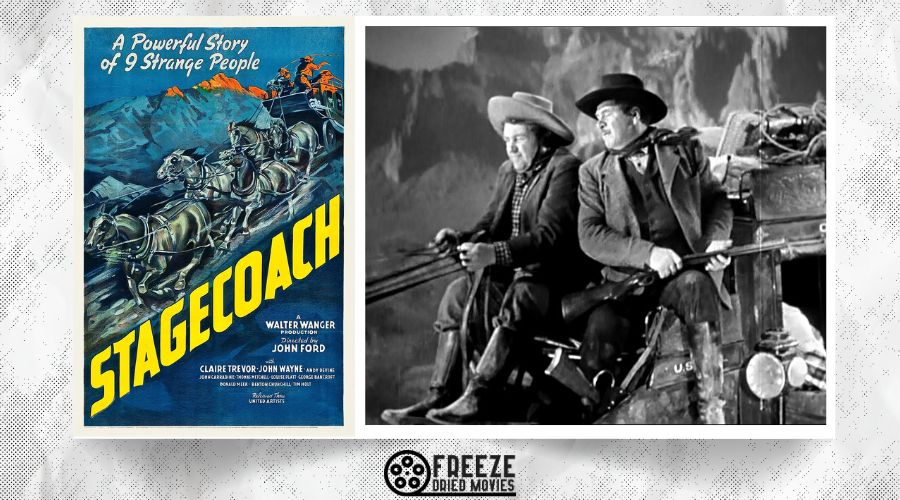
You've seen them countless times—the hero flinches as a bullet hits a wall beside them, a stagecoach careens around a bend with wheels barely touching the ground. These iconic Western scenes weren't created with CGI or million-dollar budgets. They emerged from necessity on dusty sets where resourceful filmmakers transformed limitations into innovation.
What you might not realize is how these scrappy, low-budget productions established the practical effects playbook that today's action directors still follow. The tricks behind those gunfights? More ingenious than you'd imagine.
The Gunshot Effect: Blank Cartridges and Squibs
When watching classic low-budget Westerns, you'll notice that gunfights serve as the dramatic centerpiece of most films, requiring ingenious practical solutions to create believable action. Directors relied on blank cartridges loaded with gunpowder and paper wads to produce authentic muzzle flashes and realistic recoil when actors fired their weapons.
For depicting bullet impacts, they used squibs—small explosive charges hidden under actors' clothing that created the illusion of gunshot wounds. These squibs required precise timing and placement to match the angle of the shot and coordinate with the actor's movements.
When budgets were especially tight, filmmakers improvised with everyday items like ketchup or syrup for blood effects. These resourceful techniques established the foundation for special effects that would evolve in later action films. This innovation with limited resources paralleled how sound technology integration in 1930s horror films transformed storytelling by adding new dimensions of suspense through audio cues like creaking doors and thunderclaps.
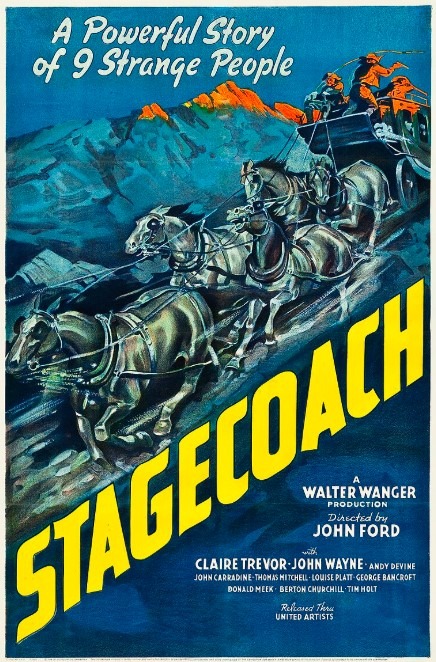
Stagecoach Stunts: The Art of the Practical Chase
While gunfights provided dramatic tension, nothing captivated Western audiences quite like the thundering hooves and precarious tilts of stagecoach chase sequences. John Ford's "Stagecoach" (1939) revolutionized these scenes with innovative practical stunts filmed in Monument Valley's expansive landscape.
Yakima Canutt's daring stunt coordination pushed boundaries as he leaped between moving vehicles, establishing techniques that would influence action filmmaking for decades. Meanwhile, Bert Glennon's masterful cinematography captured these heart-stopping moments with strategic camera placement that emphasized both danger and scale.
Gary Cooper brought his understated acting style to several Western films featuring memorable stagecoach sequences throughout his celebrated career.
Even on tight budgets, you can recreate classic stagecoach chase magic by:
- Using wide-angle lenses to maximize perceived speed and danger
- Employing custom-built rigs to stabilize cameras during movement
- Shooting from multiple angles to heighten intensity without increasing stunt complexity
Blood and Gore: Creating Western Violence on a Budget
Stagecoach sequences captured the adrenaline of Western action, but the visceral impact of gunfire and its bloody aftermath became equally iconic to the genre. Behind these shocking moments were ingenious DIY solutions that maximized impact while minimizing cost.
You'll find that filmmakers mixed vegetable oil, food coloring, and cornstarch to create convincing blood effects that would later influence Spaghetti Westerns. In films like Renegade Guns (1964), actors dramatically reacted to off-camera pyrotechnics that created small explosions under their clothing. Savage Guns (1962) relied on squibs—small explosive charges hidden beneath costumes—to simulate bullet impacts.
Makeup artist Dick Smith revolutionized the field with his latex and glycerin-based prosthetics in Valdez Is Coming (1969), setting the stage for the graphic violence that defined Revisionist Westerns. Unlike the Hays Code era restrictions that forced filmmakers to employ suggestive storytelling rather than explicit content, low-budget Westerns gradually pushed boundaries with increasingly realistic violence.
Miniature Sets and Forced Perspective in Frontier Towns
Wooden facades and saloon fronts weren't always built at full scale in low-budget Westerns. Filmmakers cleverly used miniatures and forced perspective to create the illusion of sprawling frontier towns where legendary figures like Wyatt Earp might've walked or Buffalo Bill might've performed.
By strategically placing smaller-scale models in the foreground, directors could suggest vast Western landscapes without breaking the bank.
- Camera placement and specialized lenses created forced perspective that made distant objects appear further away
- Miniature buildings constructed at smaller scales saved significant production costs
- These practical techniques pioneered visual effects methods still influencing filmmaking today
You're witnessing the ingenuity that allowed Western filmmakers to transport audiences to the expansive American frontier despite tight budgets and limited resources.
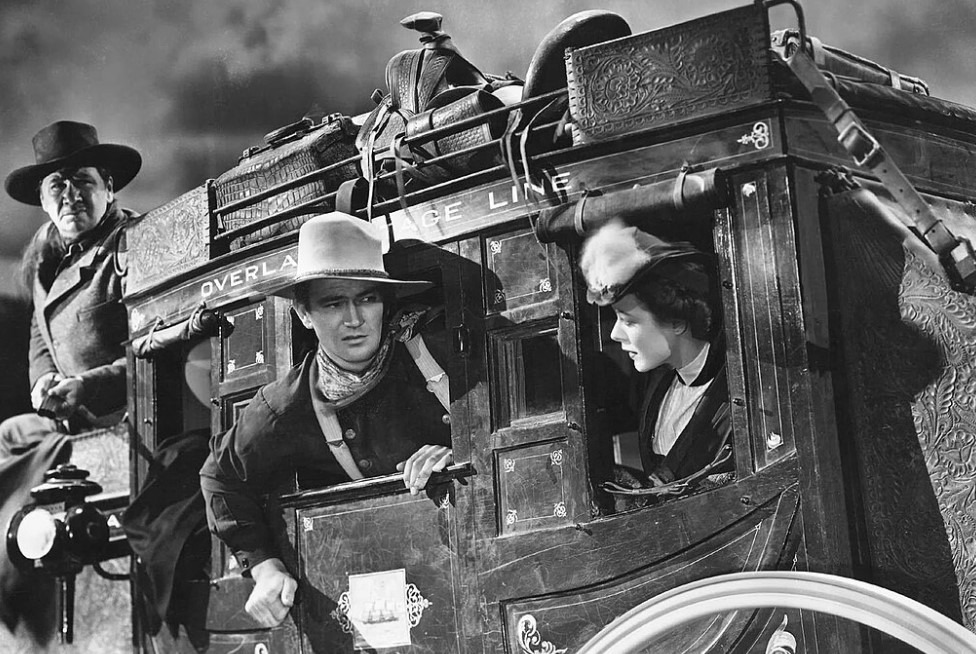
DIY Weather Effects: Dust Storms and Prairie Fires
When filmmakers couldn't afford expensive weather machines, they turned to ingenious DIY methods to create Mother Nature's most dramatic moments on screen.
In the 1939 box office success "Stagecoach," crews achieved realistic dust storms by simply throwing handfuls of fine sand at the camera lens. Similarly, Western directors like John Ford mastered the art of environmental effects using burning sage and newspaper to simulate authentic campfire smoke.
Prairie fires demanded more dramatic solutions. "The Gunfighter" (1950) showcased how gasoline, cotton balls, and smoke bombs could create convincing blazes without breaking the budget. These resourceful filmmakers often worked with sawdust for dust clouds and strategically ignited materials for fire scenes.
These practical techniques born from financial constraints ultimately created some of the most visually striking moments in Western cinema history.
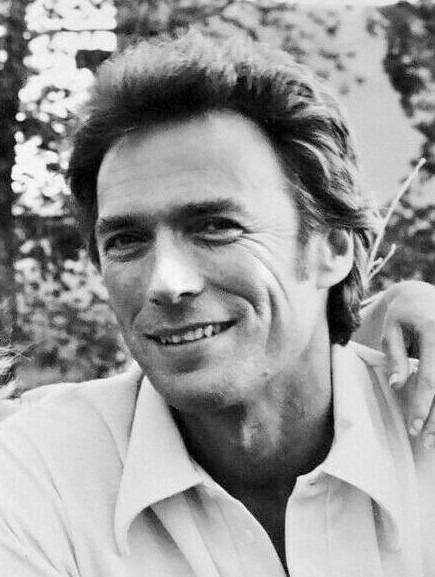
Sound Design Ingenuity in Early Western Productions
While visual effects transported audiences to the dusty plains of the American frontier, the sounds of Western films were equally crafted through thrifty innovation. You'd be amazed how sound designers created authentic Western ambiance with everyday objects. Before Clint Eastwood faced off in Sergio Leone's iconic standoffs, foley artists were busy creating horse gallops with leather gloves and wood blocks.
With limited equipment and post-production resources, these pioneers developed techniques that defined the genre:
- Recording dialogue outdoors to capture natural reverb
- Using chains and spurs for authentic cowboy movement sounds
- Incorporating live instruments like banjos during filming
Even in productions featuring stars like Henry Fonda, sound teams had to capture as much live audio as possible, forcing creative solutions that ultimately enhanced the films' realism.
The Legacy of Low-Budget Western Effects on Modern Filmmaking
The ingenious practical effects pioneered in low-budget Westerns have cast a long shadow over contemporary filmmaking. When you watch modern action sequences featuring explosive impacts and visceral gunfights, you're witnessing the direct influence of directors like Peckinpah and Leone, who maximized limited resources through creativity rather than technology.
Every single technique these filmmakers developed—from squibs that realistically depicted bullet impacts to slow-motion photography that heightened dramatic tension—has been adopted and refined by today's directors. The resourcefulness required to create large-scale sequences with minimal budgets inspired a whole generation of filmmakers to prioritize in-camera stunts over CGI shortcuts.
This practical effects philosophy continues to influence action cinema, with many contemporary directors deliberately returning to the hands-on approach that made those low-budget Westerns so authentically impactful.

